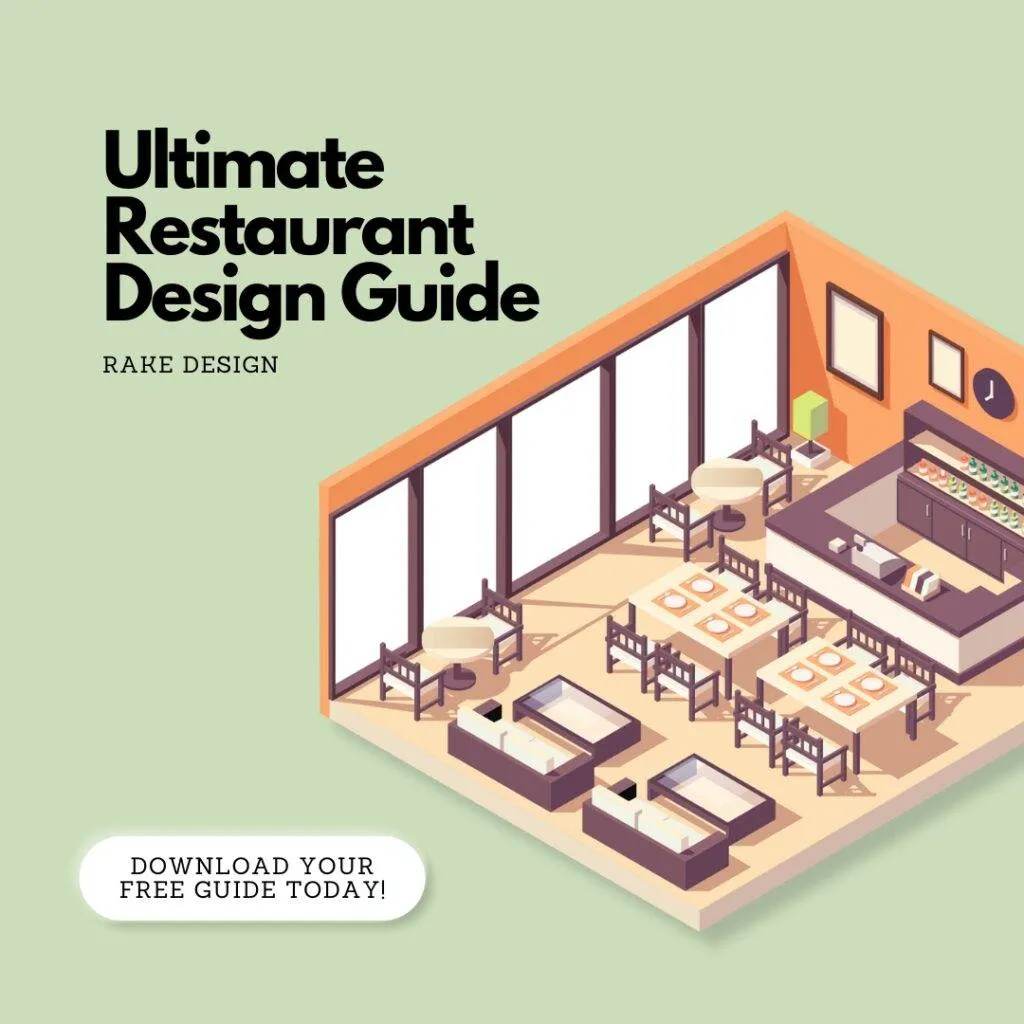Maximizing small spaces in compact restaurants requires a thoughtful and creative approach to design. Efficient use of space ensures that both functionality and ambiance are maintained without compromising the guest experience. In compact restaurants, every inch matters, so making smart design choices can enhance comfort, optimize flow, and create an inviting atmosphere.
One key element in designing for smaller spaces is to focus on multifunctional furniture. Tables that can be easily rearranged to accommodate larger or smaller groups, foldable seating, and built-in benches help maximize flexibility and save space. Compact, modular furniture allows restaurants to adapt to different needs throughout the day, whether it’s a busy lunch rush or a quieter evening service. In addition, using slim-profile chairs and tables ensures that more diners can be accommodated without making the space feel crowded.
Another important aspect is optimizing the flow of the restaurant. A well-designed layout minimizes bottlenecks and ensures that guests and staff can move comfortably. Placing key elements like the kitchen, restrooms, and bar strategically helps create a natural flow, allowing efficient movement without overcrowding. Open kitchens can add visual interest while saving space, as they remove the need for walls or partitions. By blending the kitchen with the dining area, restaurants create a sense of openness and interaction.
Lighting plays a critical role in making small spaces feel larger. Natural light, when available, should be maximized through large windows or skylights. Mirrors are another powerful design tool, reflecting light and creating an illusion of more space. In dimly lit or windowless areas, soft, ambient lighting can create warmth without overwhelming the space. Layering light with accent fixtures, such as pendant lights over tables or strategically placed wall sconces, adds depth and dimension, making the restaurant feel more expansive.
Storage is also a significant consideration in compact restaurants. Clever storage solutions, such as under-bench compartments or shelving integrated into walls, help keep the space clutter-free. Utilizing vertical space by installing shelves or hanging storage above counters or along walls can provide ample room for supplies while keeping floors clear and maximizing seating capacity.
Additionally, design elements like color schemes and decor can dramatically impact how a small space feels. Lighter colors, such as whites, soft pastels, or neutral tones, can make a room feel open and airy. Pops of color or textured accents can add personality and warmth without overpowering the space. Minimalist decor with clean lines and carefully selected art or plants ensures that the restaurant feels stylish but not cramped.






